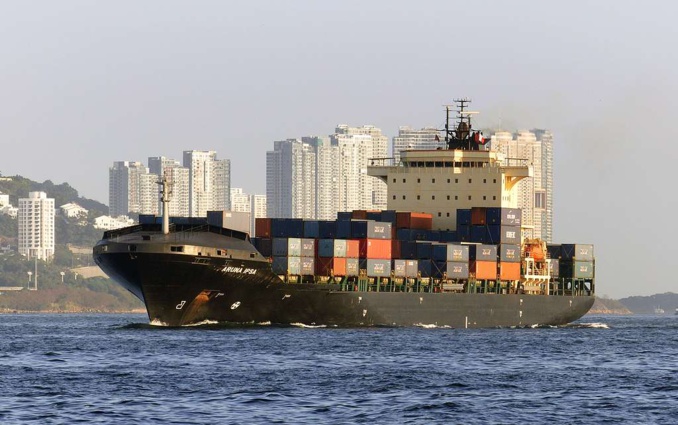On the export side, electronics exports declined amid a chip shortage and shipments of other consumer goods slowed, reflecting the exhaustion of the surge in demand for Chinese goods amid the pandemic, the centre points out.
Global trade is also recovering quite strongly, as evidenced by the "trade barometer" (an index calculated by the WTO). At 109.7 points in May, up 21.6 points compared to a year ago, which is just the expected trend in the actual data (world exports are likely to show a sharp increase by the end of the second quarter). The organisation predicts a growth of 8% for 2021 as a whole after a decline of 5.3% last year.
The actual data for the first quarter is still only available for the G20 countries - their imports and exports for the fourth quarter of 2020 increased by 8% and 8.1%, to $4.01 trillion and $3.97 trillion respectively (in the fourth quarter of 2020 they increased by 7.5% and 7.2%). However, rising commodity and oil prices (up more than 10%) have contributed to this dynamic, with the largest increases coming from Argentina (plus 33.3%), Australia (plus 17.5%), Brazil (14.7%) and South Africa (17.3%). Oil prices also rose significantly in the first quarter (up 35%), with exports to Canada (plus 10.8%), Russia (13.1%) and Indonesia (12.4%). In the USA, exports increased by 5.7% and imports by 5.3%. In China, exports increased by 18.9% and 19%, respectively.
soruce: wto.org
Global trade is also recovering quite strongly, as evidenced by the "trade barometer" (an index calculated by the WTO). At 109.7 points in May, up 21.6 points compared to a year ago, which is just the expected trend in the actual data (world exports are likely to show a sharp increase by the end of the second quarter). The organisation predicts a growth of 8% for 2021 as a whole after a decline of 5.3% last year.
The actual data for the first quarter is still only available for the G20 countries - their imports and exports for the fourth quarter of 2020 increased by 8% and 8.1%, to $4.01 trillion and $3.97 trillion respectively (in the fourth quarter of 2020 they increased by 7.5% and 7.2%). However, rising commodity and oil prices (up more than 10%) have contributed to this dynamic, with the largest increases coming from Argentina (plus 33.3%), Australia (plus 17.5%), Brazil (14.7%) and South Africa (17.3%). Oil prices also rose significantly in the first quarter (up 35%), with exports to Canada (plus 10.8%), Russia (13.1%) and Indonesia (12.4%). In the USA, exports increased by 5.7% and imports by 5.3%. In China, exports increased by 18.9% and 19%, respectively.
soruce: wto.org



















